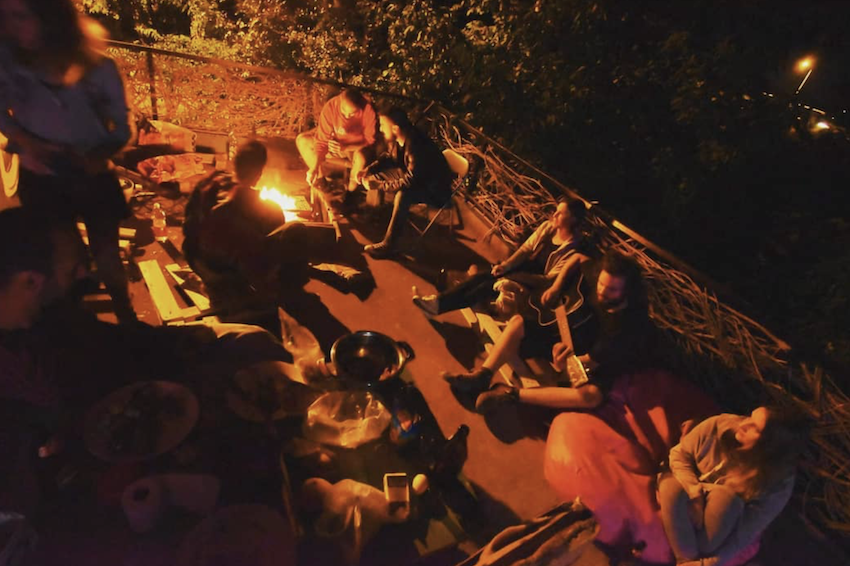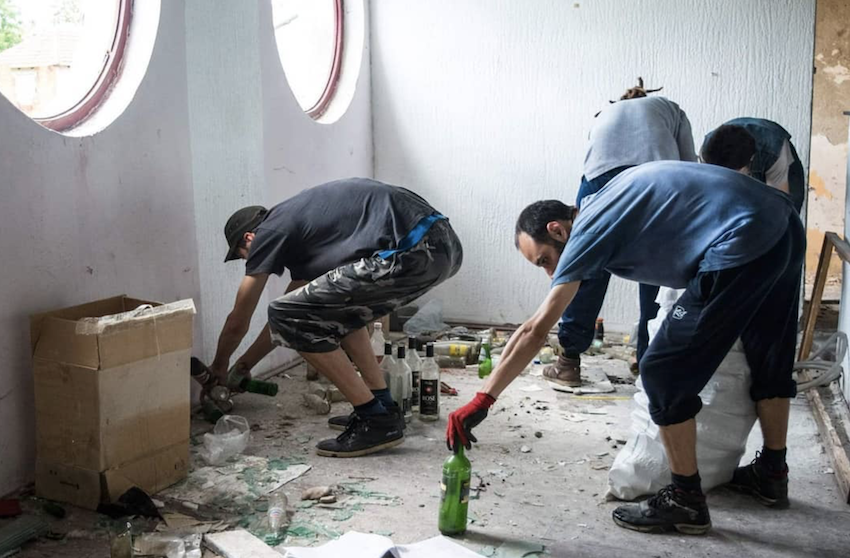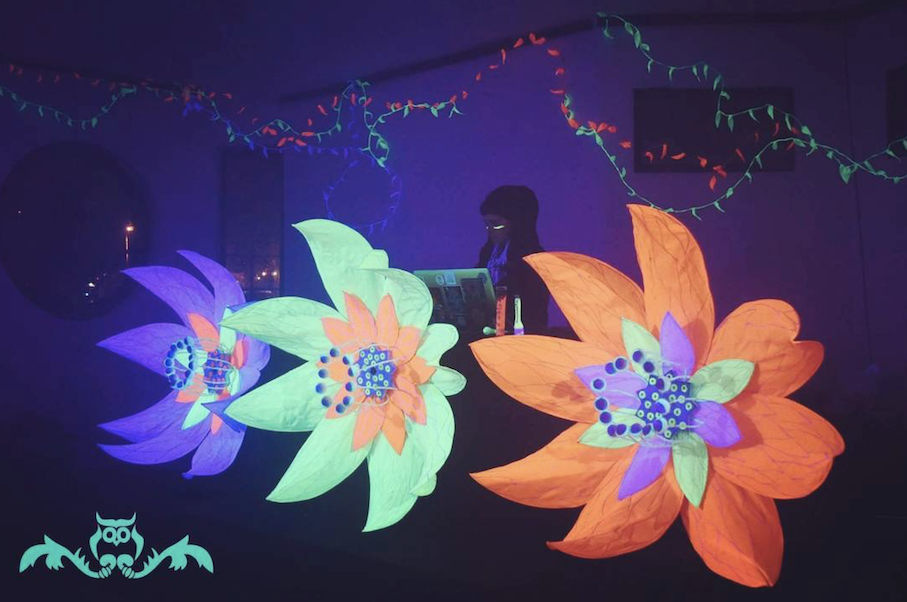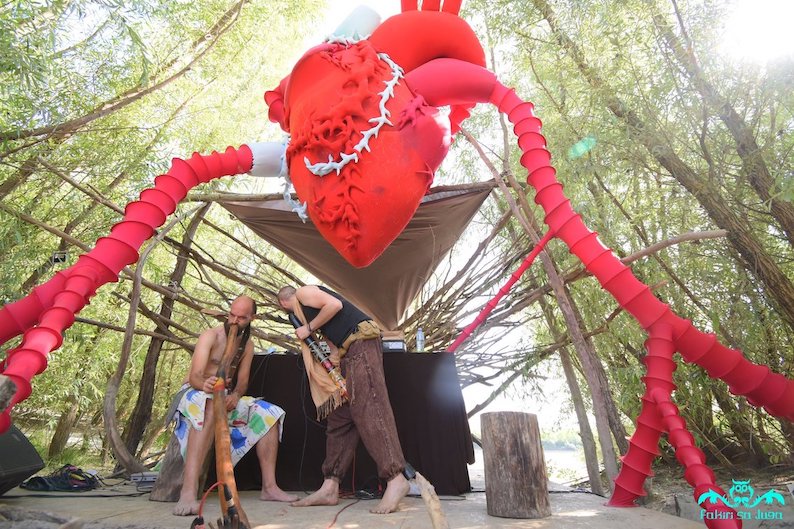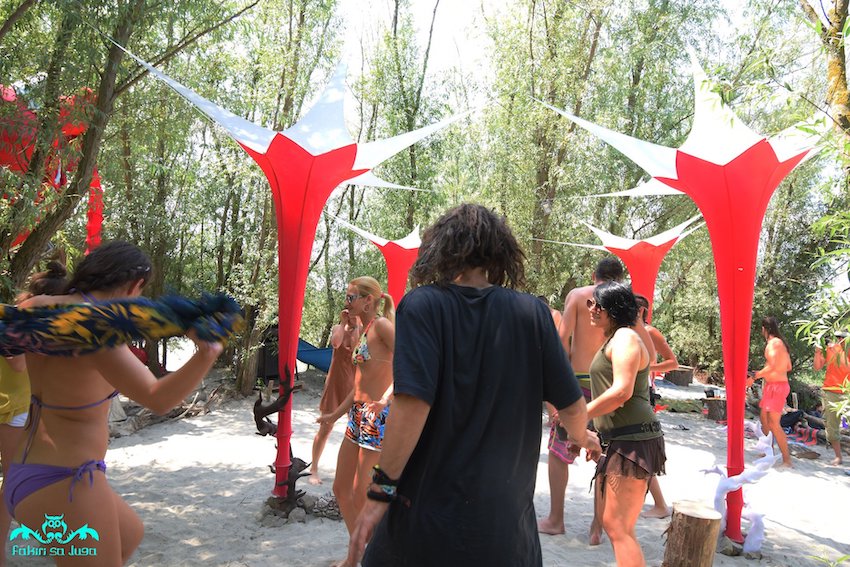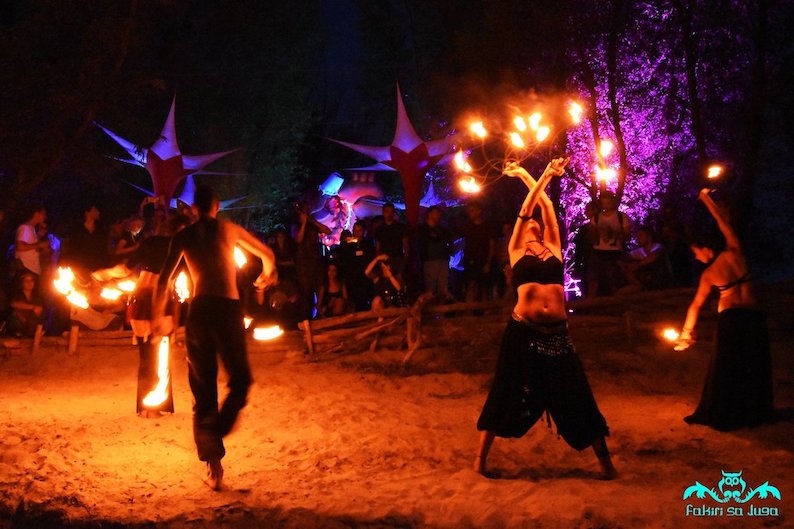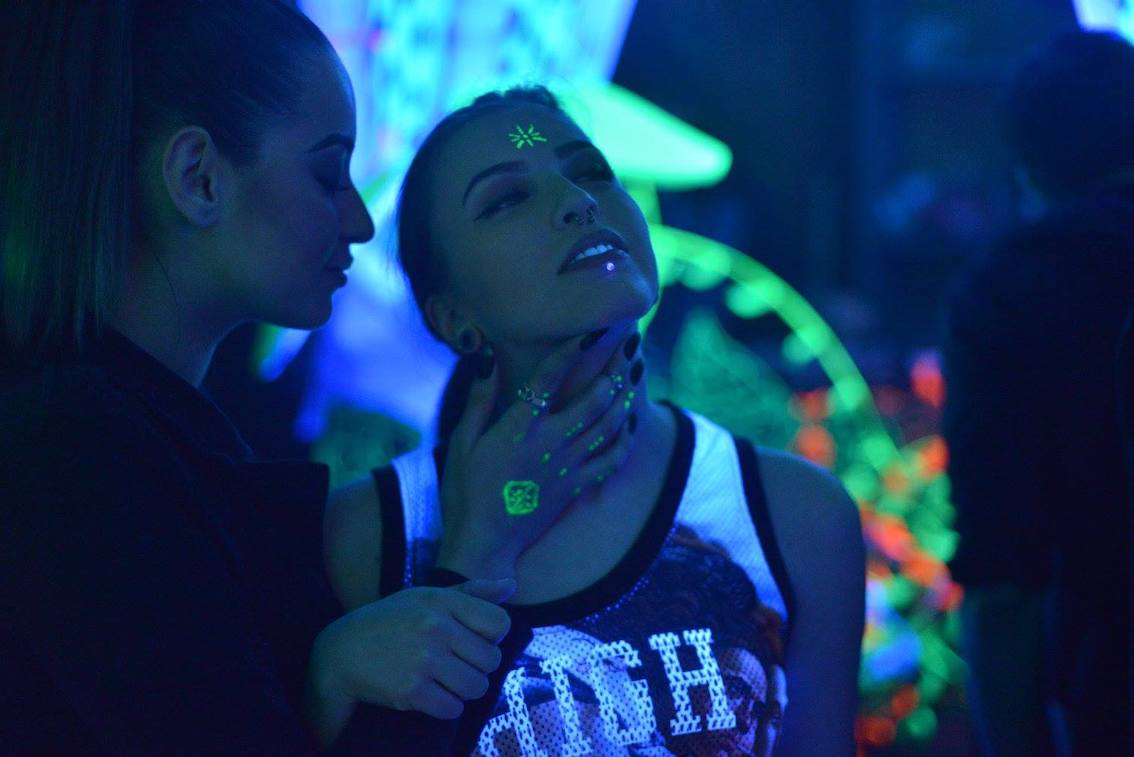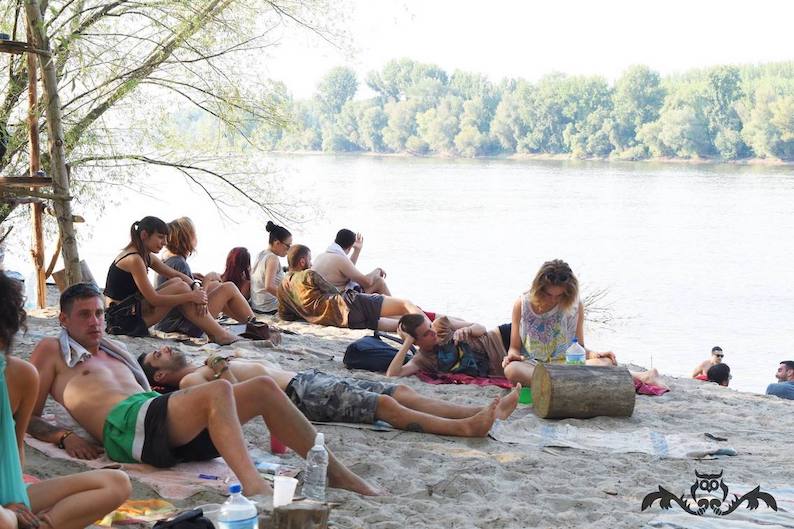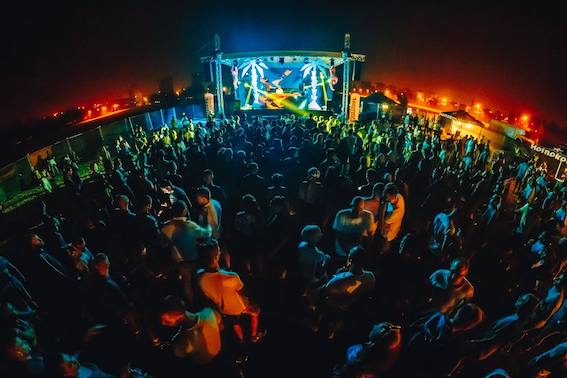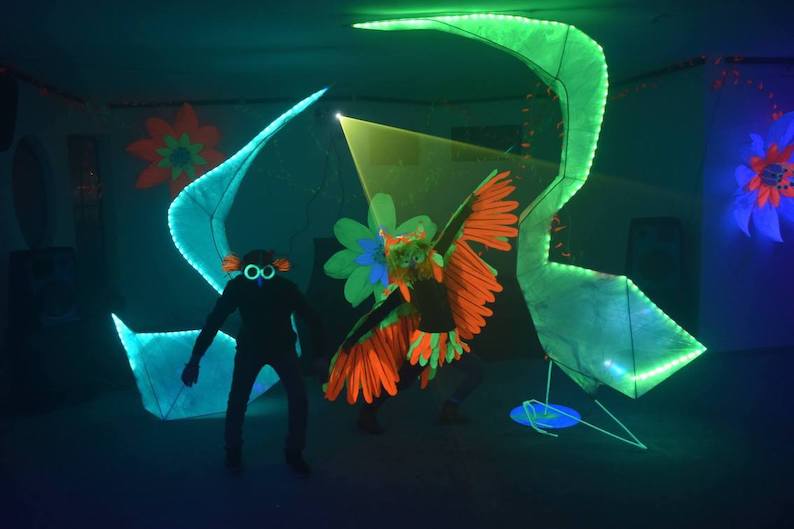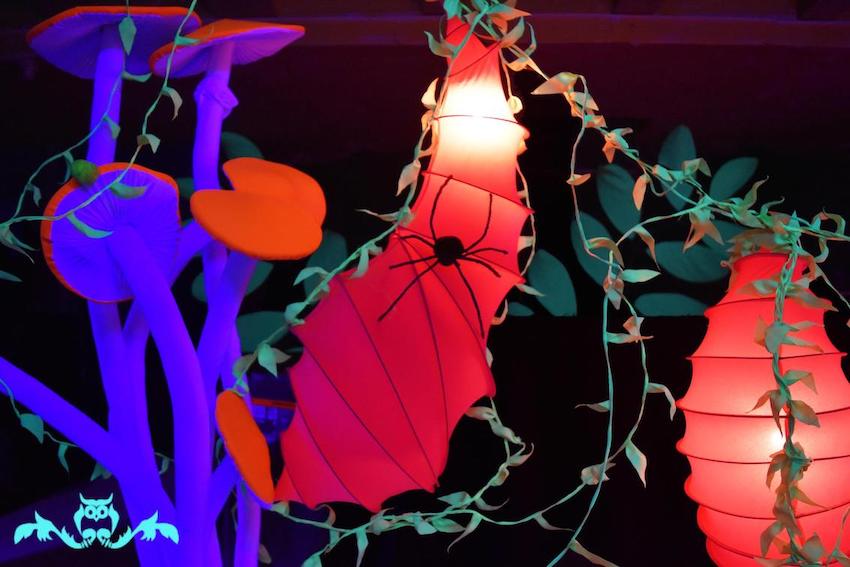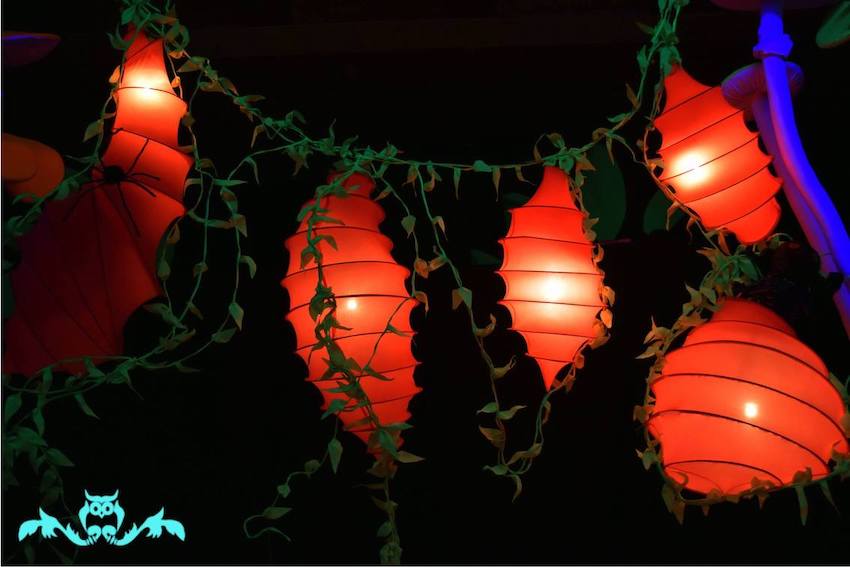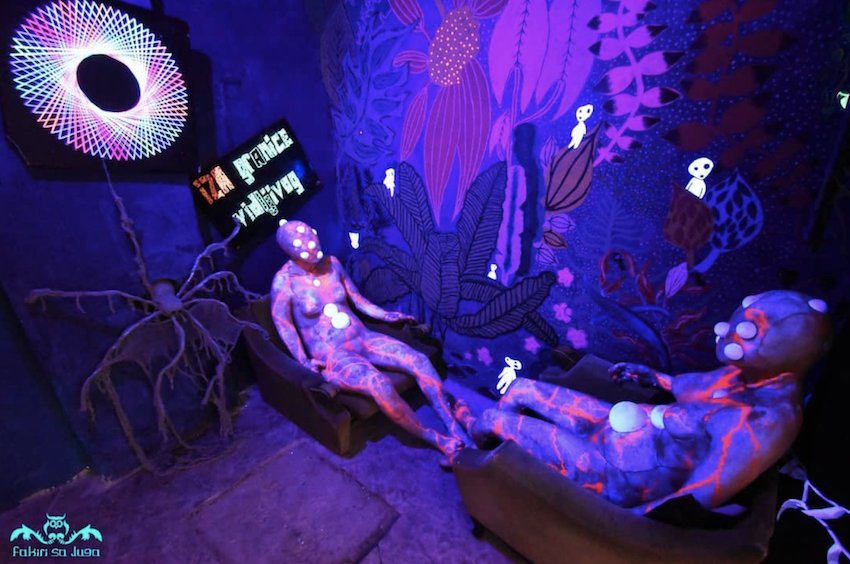Fakiri are an artistic duo, permanent explorers who dive deep into the hidden layers of (sur)realism and bring us exotic and sensual fragments embodied as sculptures, installations,and other magical forms.
You studied painting while Nenad studied Serbian Language and Literature. How has your focus shifted toward sculptures and installations?
When I enrolled in my Master’s studies, I felt I had reached a saturation point when it comes to painting. I felt as if I could no longer communicate in that medium. I felt the need for direct contact with the material. This happened around the same time when we discovered Inex Film. (The abandoned building of Inex Film became a squat occupied by individuals and organizations gathered to use it for their cultural production).
One day, I was walking around the neighbourhood and saw a ruined building with a huge black wired material on its door. To me, it looked like a big crow. I came closer and saw a board that read – Antifascists, ravers, skaters, painters, etc. are all welcome. The list was long. It was an open invitation. I believe Nenad and I went to Inex that same night.
It sounds like when Alice fell into Wonderland.
LOL, it does. The crew was versatile: musicians, performers, activists, etc. I loved the vibe. What was amazing was the synergy of people who created different content in a shared space.
Inex building itself looked like it had been recycled. It was a ruin that was now living another life. You could use the materials around you. For example, for Inex’s birthday, we used a pile of old cans to make a sculpture of a hundred fish that we hung in the yard.
That year we visited the O.Z.O.R.A. Festival. It was our first psychedelic festival and it influenced us significantly.
Your installations are often a part of psychedelic festivals’ scenography. What was the first festival you exhibited your work at?
Our first installation was exhibited at a festival near Pancevo, organized by Wicked Forest. We knitted big hanging nests, installed lights inside and hung them on a huge tree. People came, put up their tents, and the festival began. However, the Tamis river had risen and flooded everything. I think all that was left in the end were those nests hanging above the water. People could barely return home, but we did our part successfully (laugh).
Although the festival didn’t go well, we liked the whole experience. We liked the adventure of rising up to various challenges. When participating in such a large-scale festival – regardless of how professional the organization is, you always end up leaning on your own capacity and you have to adjust to the venue and the situation.
While we work, we are in contact with a lot of interesting people and we learn something new every time. The more you learn, the easier it becomes to do more complex and bigger installations, and to know how to transport and position them in a demanding space.
We often use blacklight, which intensifies this magical moment, and Nenad is studying 3D mapping. We project videos onto sculptures, which gives an extra dimension to the whole thing.
How does the audience react to your sculptures?
Well, differently. Once, at Elysium, we did a meditating figure. This installation was so radiant that people instinctively displaced from the centre to give it space. As if they were in awe.
In most cases people are blown away but there are different reactions, too. We were contacted by a girl who had seen our human sculptures at a festival in Romania and they made her cry. She was extremely shaken by the stitches she saw, the joints and their human imperfection…
People who attend psychedelic festivals perceive our sculptures in different states of consciousness, so they are influenced by them in different ways. We needed some time to start paying attention to this, and realize that we are responsible for the audience’s emotional experience. After all, festivals are places of togetherness and you, as an artist, guide people’s experience and emotions, so you have to be aware of that responsibility.
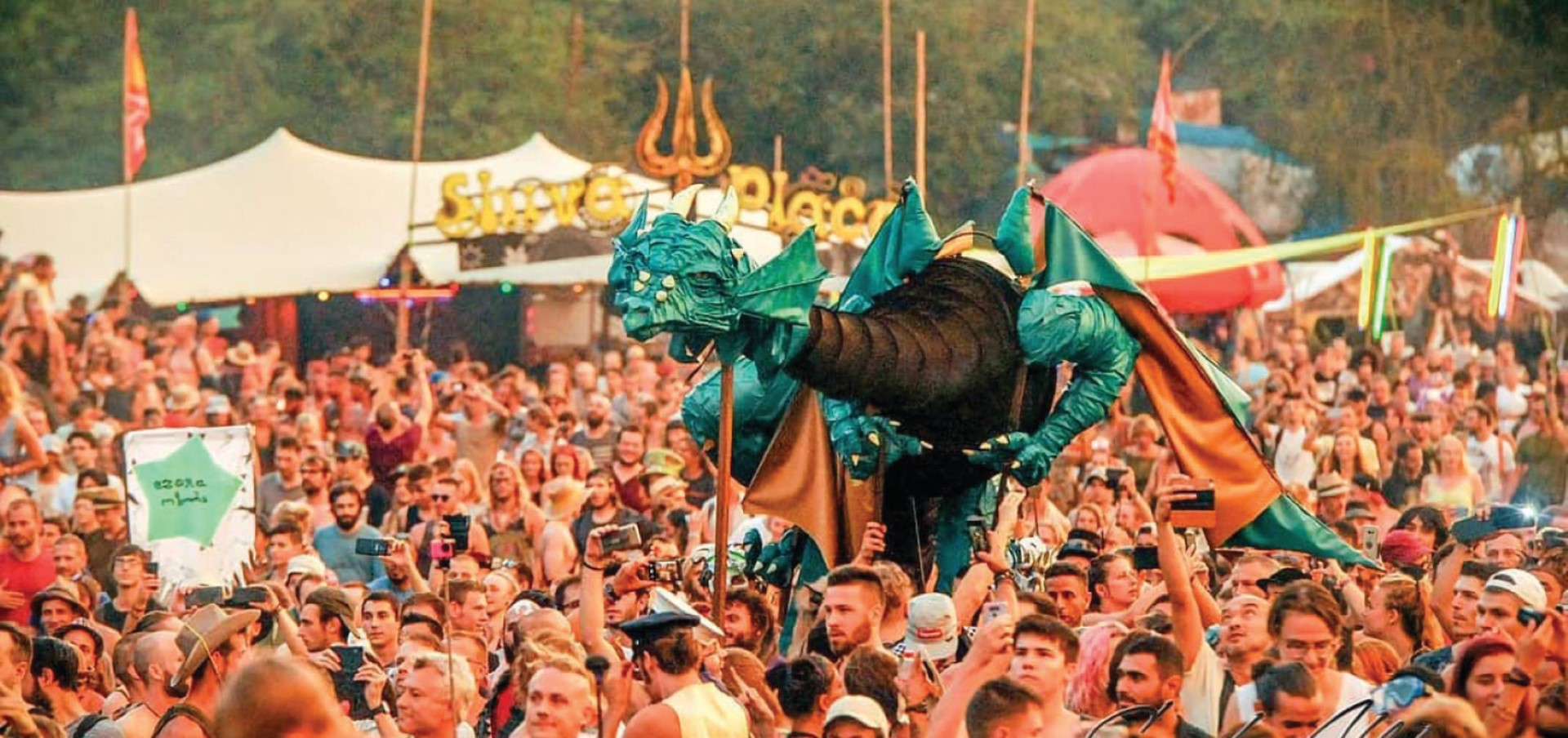
In Serbia the scene for large scale installations is poorly-developed, whereas foreign countries have festivals such as Boom, Burning Man, or Nowhere in Spain and lots of others that showcase big installations by fantastic artists.
How do you succeed in keeping your production alive?
To experiment in this way, you need to have some kind of financial support. This is the reason we moved to Krusevac, to continue doing what we love. Had we stayed in Belgrade, we wouldn’t be able to function due to paying the high rent.
In Krusevac we opened the Gnezdo cultural centre, where we organize various events, gigs, theatre plays, workshops, and lectures. Through the activities in Gnezdo we are trying to make a sustainable financing model.
I think that all artists understand that some sacrifices need to be made. This is the matter of priorities. Doing what you love is a pure luxury.
In this distinctly materialistic world it seems like you always have to justify yourself to both yourself and others as to why you do something of no concrete financial value but an abstract and non- materialistic one. That’s all a bit insane but you should have a touch of insanity for art. Compromises must be made but we are always trying to keep them within our value systems.

